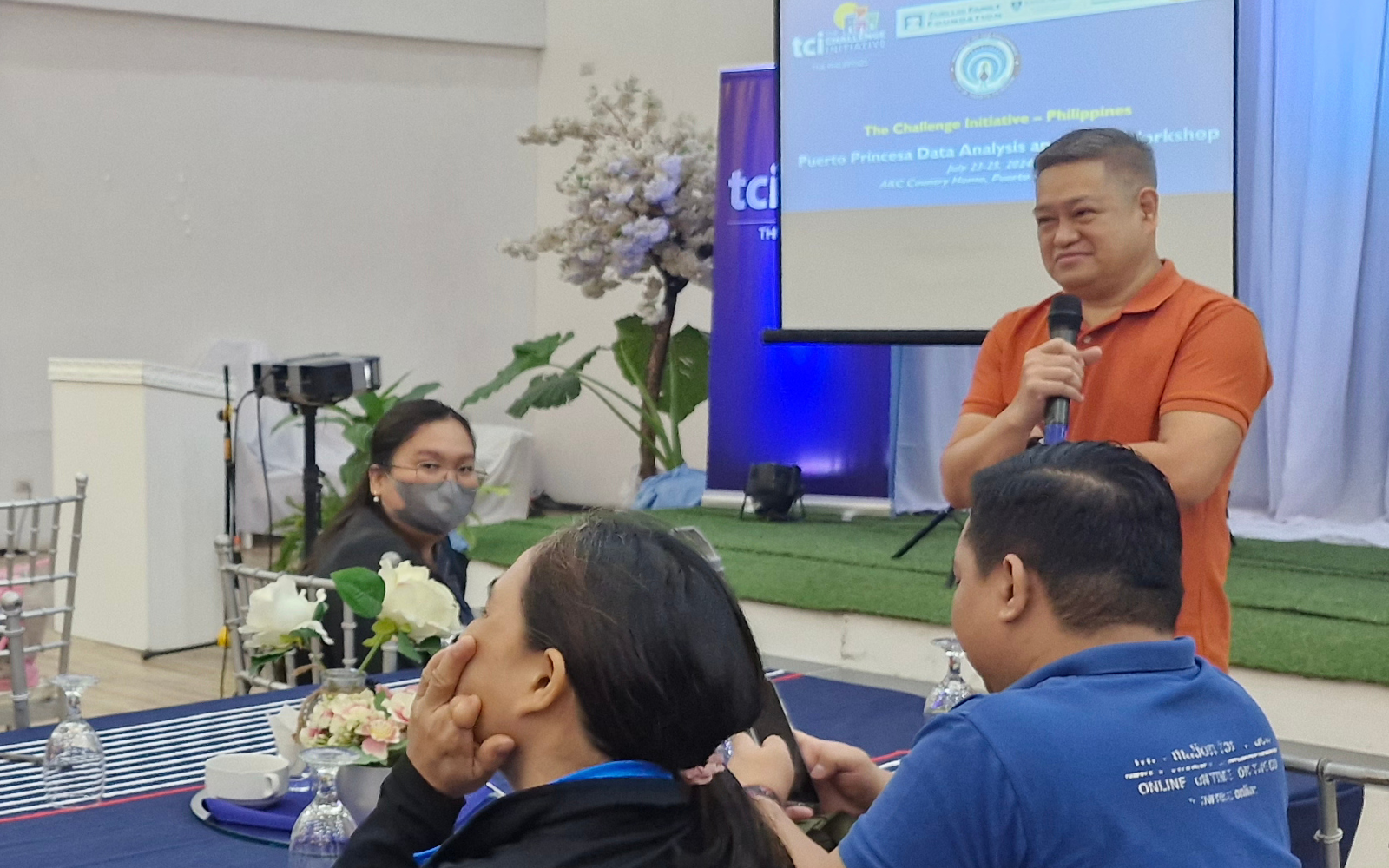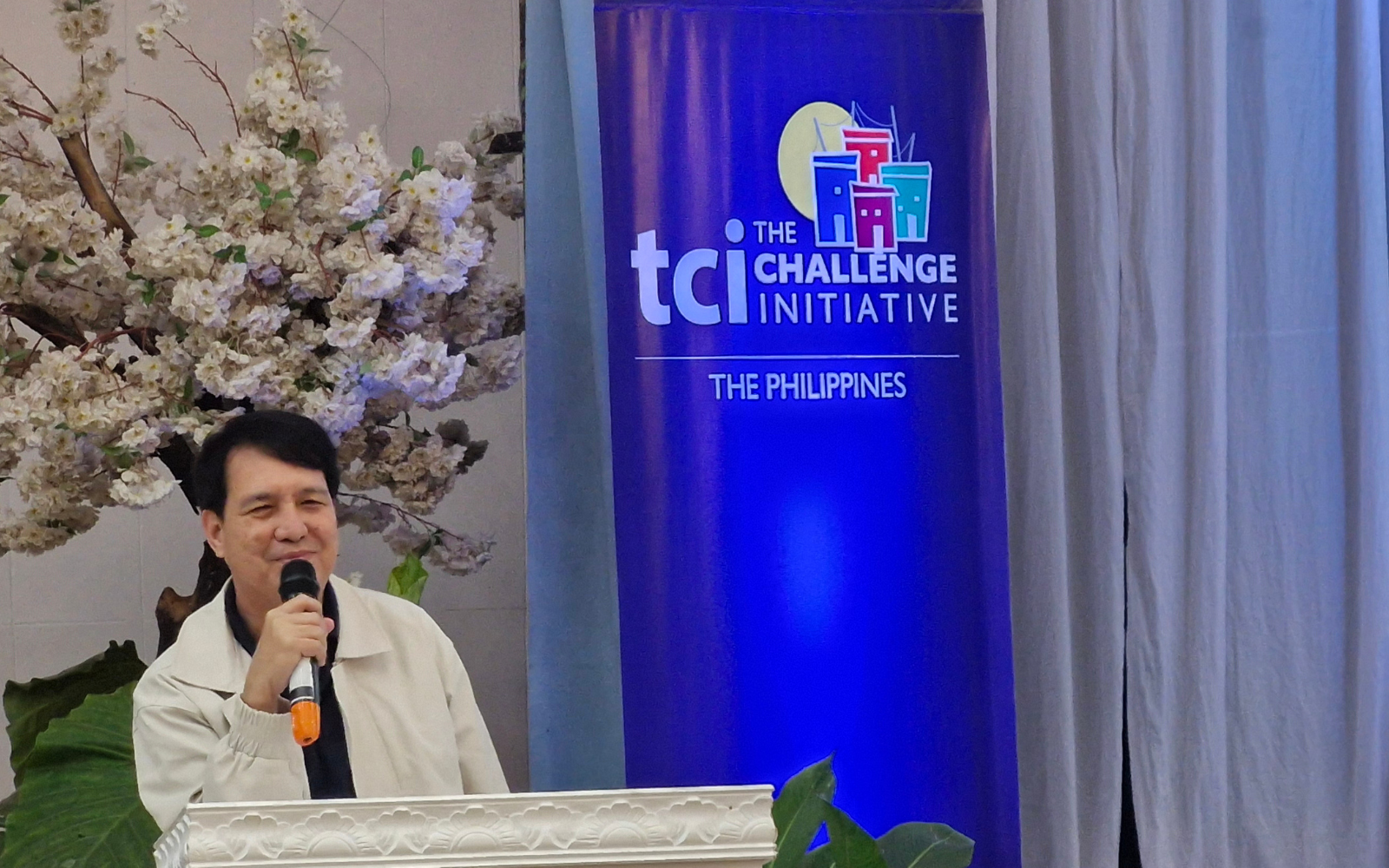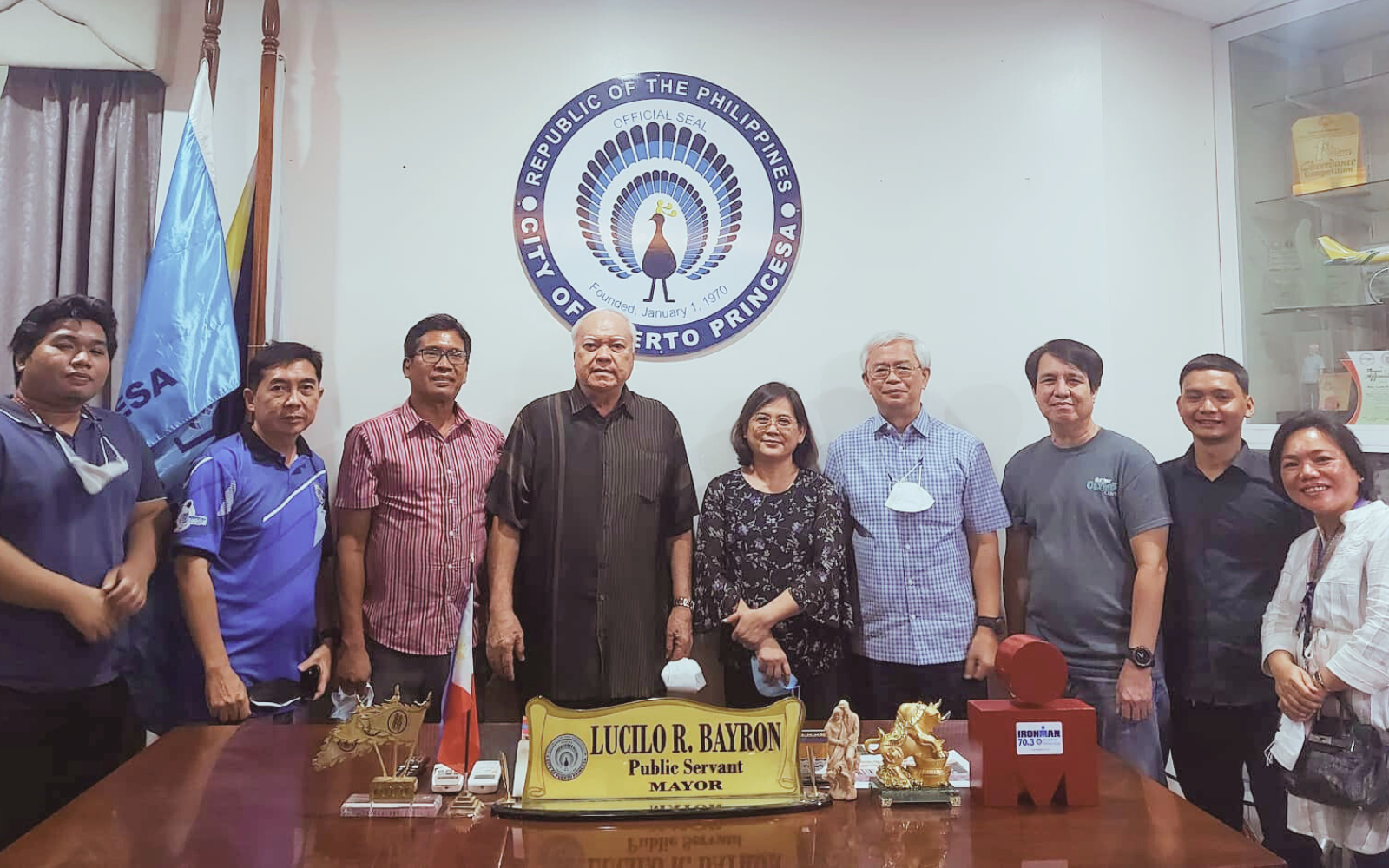A Bright Future: Youth Health in Puerto Princesa
Stories

Puerto Princesa City, known for its stunning beaches and rich biodiversity, is also tackling a major public health issue: adolescent pregnancy. In 2019, the rising number of teenage pregnancies in the Philippines led the government to declare it a national social emergency. By 2020, the MIMAROPA region recorded 4,707 births among girls aged 19 and below. Palawan accounted for 32% of these cases, with Puerto Princesa contributing 397 births.
Mayor Lucilo Bayron saw the need to improve adolescent health services, particularly in reproductive health. His vision: investing in youth health today will build a stronger and more progressive city for the future.
A Citywide Approach to Youth Health
Puerto Princesa was among the first cities to join The Challenge Initiative (TCI) when it launched in the Philippines in 2020. TCI, a global program co-managed by the Zuellig Family Foundation (ZFF) and the William Gates Sr. Institute for Population and Reproductive Health, helps local governments implement and sustain reproductive health programs for the youth.
Working with the Commission on Population and Development (CPD) and the Department of Health (DOH), the city aimed to create a youth-friendly environment and lower adolescent pregnancy rates. The initiative strengthened partnerships among local government units, schools, health workers, and youth leaders, making reproductive health services more accessible.

Strengthening Leadership and Coordination
To enhance collaboration, Mayor Bayron established the City Leadership Team (CLT) for Reproductive Health. This team, trained in governance and leadership, took charge of coordinating youth health programs. Analiza Herrera, Population Program Officer, said that TCI helped unify different efforts across city offices and partners, ensuring better service delivery without duplication.
A Referral System for Youth Services
Before TCI, many young people in Puerto Princesa did not know where to seek help for physical, mental, or sexual health concerns. Service providers also lacked a clear system for referrals. In response, the city created the Integrated Service Delivery Network (ISDN), linking agencies such as the City Health Office, City Social Welfare and Development Office, Ospital ng Palawan, the Philippine Mental Health Association, the police, schools, youth councils, and NGOs.
With this network in place, the city formalized the ISDN Referral Flow in November 2024, a guide for barangay leaders and health workers to connect youth to the right services.
Creating Safe Spaces for Youth
Youth involvement has been crucial in expanding health services. The Leadership for Adolescent and Youth-Friendly Cities (LAYFC) program gathered barangay leaders and youth representatives to identify local issues and solutions. One major result was the creation of youth-friendly spaces, including the “Barkada Hub” in Barangay San Jose. This center offers reproductive health services, counseling, and a safe place for young people to gather.
Today, Puerto Princesa has youth-friendly clinics in 8 satellite health centers, 11 schools, and 58 barangay health stations. Youth councils also organize educational sessions on reproductive health, HIV awareness, and family planning.
Using Technology to Improve Services
To address data gaps, the city launched the Comprehensive Household Information System (CHIS), an Android-powered app that collects real-time household data, including health and family planning information. CHIS, implemented in all 66 barangays, helps track adolescent reproductive health trends and identify areas needing intervention.
Sandra Guiyam, Population Program Officer, explained that CHIS provides accurate data to guide health programs, while Carlyn Badilla added that it ensures reliable records for women of reproductive age and family planning services.
Investing in the Future

In 2024, Puerto Princesa allocated 17.5 million pesos for adolescent and youth sexual and reproductive health programs. The city also provided 60 million pesos in incentives for Barangay Service Point Officers (BSPOs) who collect health data, ensuring consistent and reliable reporting. Starting next year, BSPOs will receive an increased monthly allowance of 6,000 pesos, making Puerto Princesa the only locality in MIMAROPA to offer such support.
Puerto Princesa is projected to achieve an adolescent birth rate of 34, below the national target of 37. The city’s approach—empowering youth, strengthening healthcare systems, and leveraging technology—has transformed it into a model for adolescent health programs.